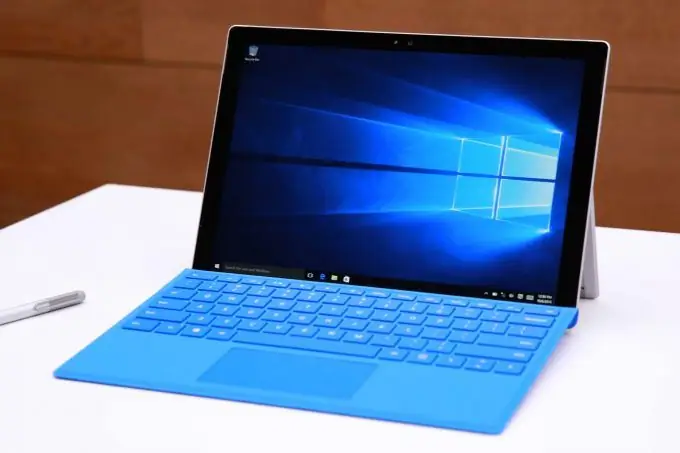Renaming your account in Windows 10 is a simple process, but changing the name of the user himself very often confuses many newbies. How to change custom folder name in windows 10 pro and other versions?

Reasons for name change
Usually this procedure is necessary for the correct functioning of programs that do not know how to work normally with Cyrillic characters and symbols. In rare cases, a name change is necessary due to the fact that the user does not like the old name or he entered the first thing that came to his mind during the OS installation.
How to change your username
To rename an account name in Windows 10, follow these steps:
- Call up the command line with administrator rights (as an example, you can find it in the Start menu, click on the RMB command line and select "Run as administrator").
- Type t user Administrator / active: yes into the command line and run the program. If an error occurs, you must change the username to a name written in English - Administrator.
- Log out of your account and log in with a new name. In the event that the account created using the command line does not appear, it is recommended to restart the computer.
- Having entered a new profile, you need to call the "Computer Management" tool using Win + I.
- Find the "Local Users" section in the left part of the window that appears and click on the first folder in the list.
- Open the menu for your custom entry and select Rename.
- Enter a new account name. At the same time, it is highly undesirable to use such names in which there are Cyrillic characters.
- Go to the C: / Users folder (or the Users folder) and change the name of the required directory. Of course, the name must exactly match what was written in the previous steps.
- Call the registry editor (for this you need to press Win + R and execute regedit).
- Expand the HKLM registry key.
- Follow the path SOFTWARE / Microsoft / Windows NT / CurrentVersion.
- Open ProfileList and double-click the ProfileImagePath parameter.
- Enter a new value (the new value will be the new profile name).
After that, all that remains is to save all the actions performed and log in from under the main account. If everything was done correctly, and the account name has changed, you need to go to the command line and deactivate the Administrator user. To do this, enter net user Administrator / active: no.
The steps taken are suitable for all versions of the Windows 10 operating system, except for home (Home). The difference with the home version is that here you need to not only change the ProfileImagePath value in the registry, but also find all the values C: / Users / OldName and then replace them with C: / Users / NewName. Otherwise, all actions will be exactly the same.






